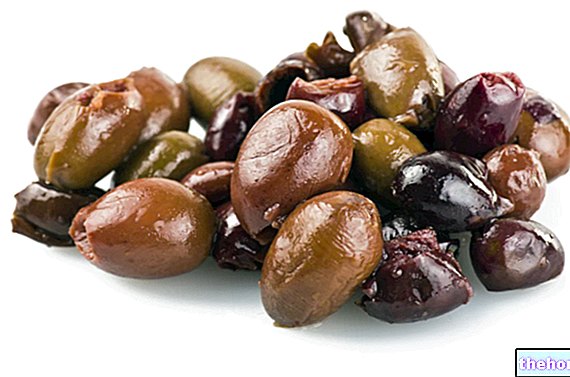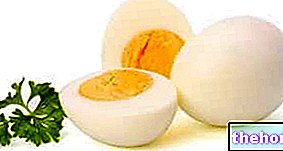The trade in eggs for consumption is regulated by a series of strict national and Community directives.

- preferable date of consumption (for fresh eggs it is considered to be over the 28th day after laying, but the retailer must withdraw them from the market seven days before the expiry date);
- quality and weight category;
- number of packed eggs;
- name and business name, or the trade mark of the packaging center;
- recommendations for correct storage methods.
Optional information on the label: laying date, indication of the best use of the egg (eg eggs for yellow paste), farming system (on land, with organic method, etc.) and feeding received by the hen (exclusively vegetable diet, etc.). ).
Fresh eggs, not washed, not chilled or subjected to preservation treatments, air chamber less than 6 mm high, less than 28 days from packaging.
Second quality or preserved eggs. They are refrigerated at a temperature below 5 ° C or stored in a mixture other than atmospheric. Air chamber less than 9 mm.
Downgraded eggs intended for the food industry; they do not meet the requirements of category A and B eggs.
Weight categories
(only for category A eggs)
SOURCE TABLE: Paolo Cabras; Martelli Aldo - Food chemistry
Further indications derive from the interpretation of the eleven-character alphanumeric code stamped on the shell.
- At the beginning of the code there is a number indicating the system of rearing of laying hens:
- 0 for organic farming,
- 1 for "outdoor breeding",
- 2 for the one on the ground,
- 3 for the one in the cage (or battery).
- This is followed by an abbreviation that specifies the country of production (IT for Italy, SP for Spain, FR for France, and so on). Another three-digit number indicates the municipality of origin; the abbreviation of the province of breeding (FE for Ferrara, VR for Verona, NA for Naples etc.).
- The last three digits identify the farm from which they come, by means of a numerical sequence that is assigned by the local health authorities after the checks on the suitability of the company.
Once purchased, the eggs must be kept in the refrigerator in the special compartment, avoiding as much as possible the sudden changes in temperature.
The classic home check on their freshness consists in immersing them in cold water and salt; only fresh eggs are deposited horizontally on the bottom, while the others float. In fact, the more the egg ages, the more the internal air chamber increases (ie the space not occupied by egg white and yolk).
Finally, it is good to remember that a fresh egg always has the following characteristics:
- the shell is velvety and clean
- the yolk is free of stains
- the albumen is limpid, clear, gelatinous and free from foreign bodies.
How to pasteurize eggs
Tiramisu with Pasteurized Eggs - Light Version
Problems with playing the video? Reload the video from youtube.
- Go to the Video Page
- Go to the Video Recipes Section
- Watch the video on youtube




























